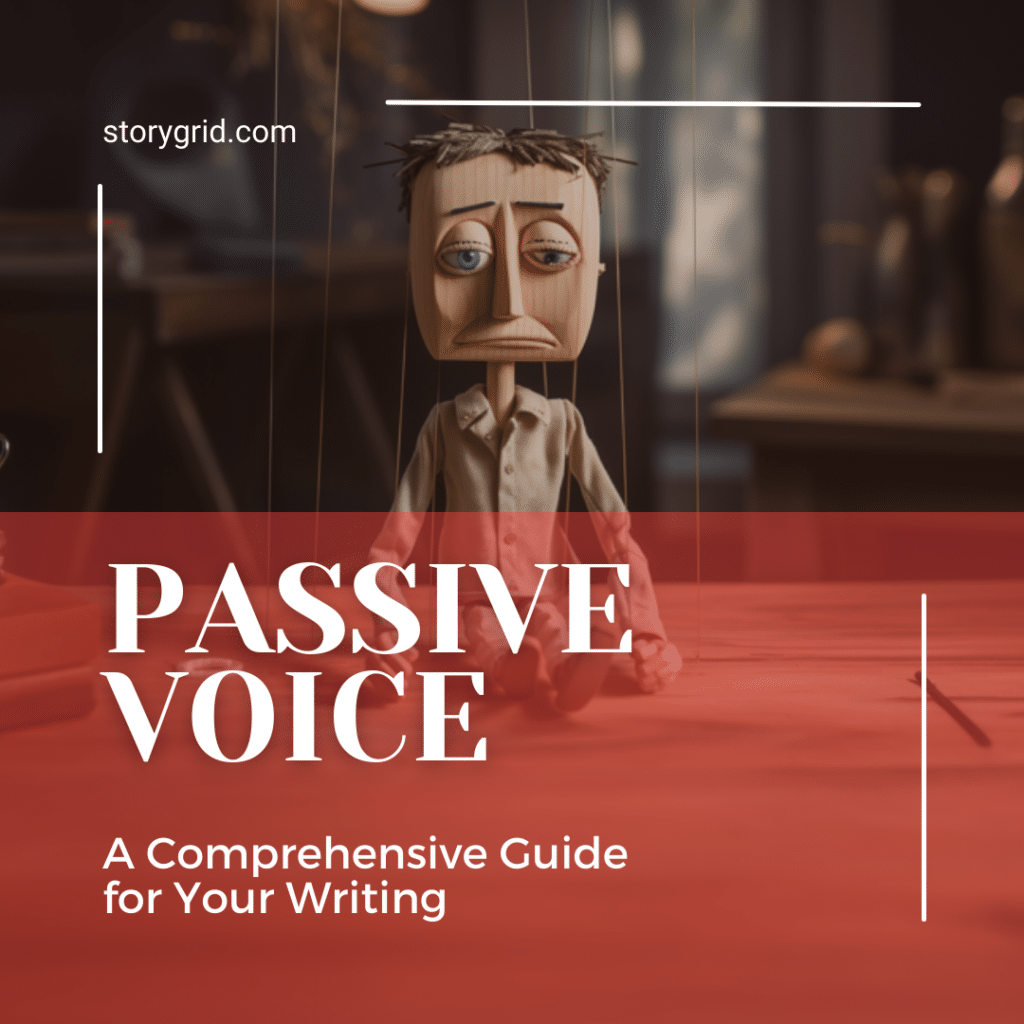The passive voice is a grammatical construction that can be challenging for writers. It is often regarded as a less desirable way to construct sentences due to its potential to make your writing less engaging, more ambiguous, and harder to understand. In this article, we will delve into the common passive voice misuses, and provide tips on determining the use of active or passive voice in your writing. By the end of this article, you’ll be well-equipped with the knowledge needed to enhance your writing by eliminating passive voice misuses.

Understanding Passive Voice
Before diving into the misuses of passive voice, it’s essential to understand what it is and how it differs from active voice. In a sentence written in passive voice, the subject is acted upon by the verb rather than performing the action as in active voice. Did you catch the passive voice in that last sentence? It would have sounded better if we said “the verb acts upon the subject” because the sentence becomes more concise. Here is another example:
Passive Voice Example:
The cake was eaten by the children.
Active Voice Example:
The children ate the cake.
In the passive voice example, the cake is the subject, and it is being acted upon (eaten) by the children. In the active voice example, the children are the subject and are performing the action (eating the cake).
Common Passive Voice Misuses
Now that we have a basic understanding of passive voice, let’s explore some common misuses and their potential consequences for your writing.
Obscuring Responsibility
One of the most common passive voice misuses is obscuring responsibility. This occurs when the actor responsible for an action is either not mentioned or placed in a less prominent position within the sentence. This can lead to confusion or ambiguity, as the reader may be left unsure of who is responsible for the action.
Example:
Mistakes were made during the project.
Revised:
The team made mistakes during the project.
In the revised example, it is clear that the team is responsible for the mistakes, providing greater clarity for the reader.
Reducing Clarity and Conciseness
Passive voice can make your writing less clear and concise by adding unnecessary words and making the sentence structure more complex.
Example:
The report, which was written by the committee, was submitted to the board.
Revised:
The committee submitted the report to the board.
By switching to active voice, the revised sentence is more straightforward and uses fewer words, making it easier to read and understand.
Decreasing Engagement
Using passive voice can decrease engagement by making your writing sound more formal and detached. Active voice, on the other hand, tends to be more engaging and dynamic, drawing the reader in and helping them connect with the content.
Example:
A decision was reached by the jury.
Revised:
The jury reached a decision.
The revised example, written in active voice, feels more immediate and engaging, making it more likely to hold the reader’s interest.
Tips for Passive Voice within Your Writing
Now that we’ve covered some common passive voice misuses, let’s discuss strategies for knowing when to use active or passive voice in your writing. Keep in mind that our goal is to convey the story as clearly as possible to our SINGLE AUDIENCE MEMBER. More often than not your reader will be more engaged with an active voice, but consciously thinking about where the engagement should be is a good writing exercise.
The first step in avoiding passive voice misuses is to identify when you are using it in your writing. Look for sentences where the subject is being acted upon, rather than performing the action. Additionally, look for instances of “to be” verbs, such as “is,” “are,” “was,” or “were,” followed by a past participle, as this can be an indicator of passive voice. Next, decide where you want the reader to feel engagement within the sentence. Here are some tips to think about when choosing which sentences to revise:
Determine the AVATAR and the Action
When revising passive voice sentences, determine who or what is performing the action and ensure that the actor is placed prominently within the sentence. This will help clarify responsibility and improve overall sentence structure.
Example:
The results of the study were published by the researchers.
Revised:
The researchers published the study results.
Use Action Verbs
Action verbs can help create more engaging sentences and reduce reliance on passive voice. Replace “to be” verbs with more dynamic verbs that clearly convey the action being performed.
Example:
The meeting was scheduled for Tuesday.
Revised:
The team scheduled the meeting for Tuesday.
Revise Lengthy and Confusing Sentence Structures
Sometimes, passive voice results from a convoluted sentence structure. In these cases, take a step back and look for ways to simplify the sentence. This may involve breaking it into smaller sentences or reorganizing the order of the information.
Example:
The email, which contained several attachments, was sent by the marketing team to the clients.
Revised:
The marketing team sent an email with several attachments to the clients.
Conclusion:
By understanding the common passive voice misuses and implementing the tips provided in this article, you can improve your writing and create more engaging, clear, and concise content. Remember to use active voice whenever possible, simplify sentence structure, and choose strong action verbs to create dynamic sentences that draw readers in.